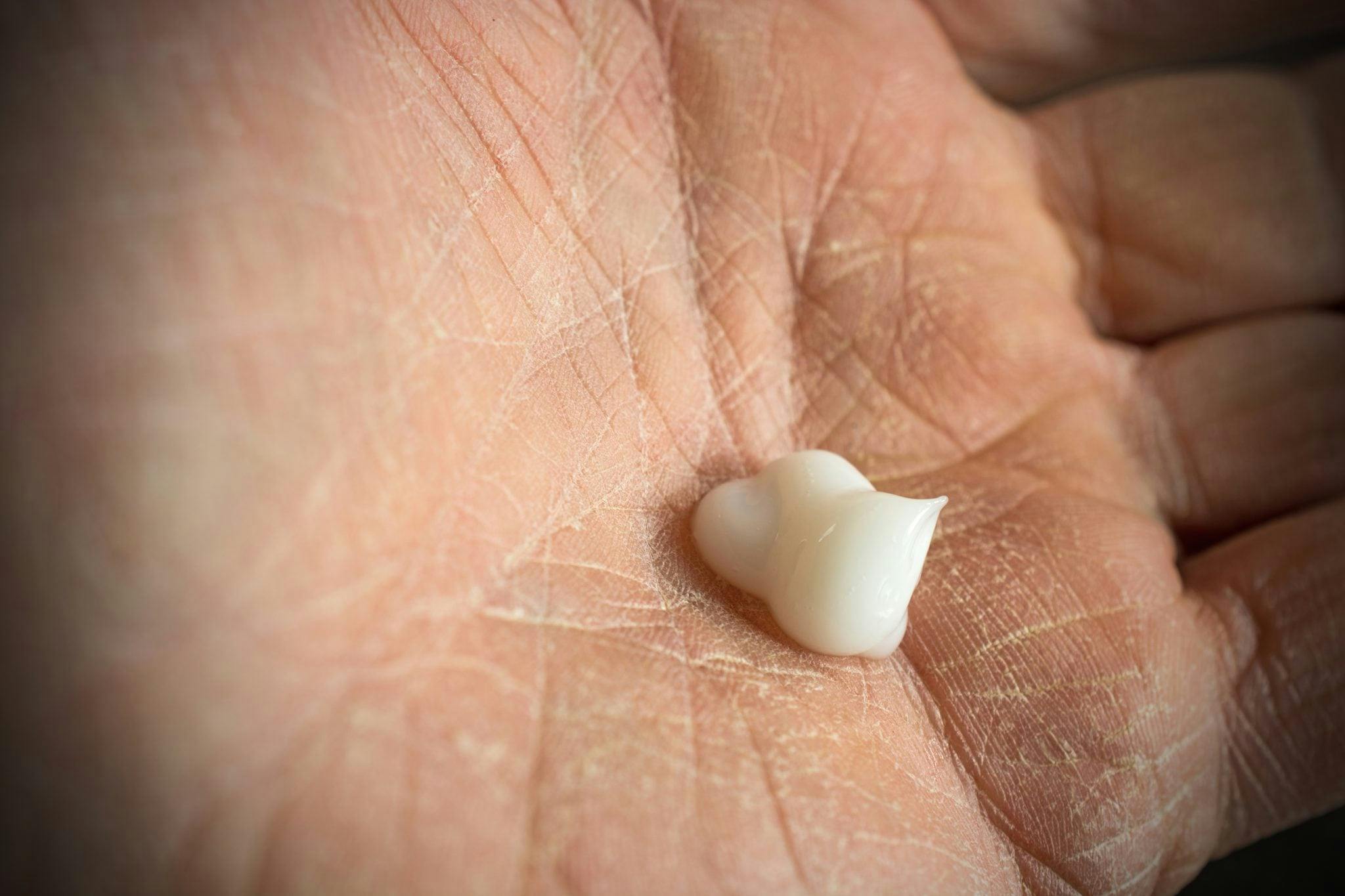Dry skin, also called xerosis, isn’t a serious or life-threatening disease. However, it can still be unsightly and uncomfortable for many people, and some of the most serious skin conditions can cause disfigurement and poor body image.
Luckily, most dry skin is caused by factors that we have some control over. Dry skin can often tell you a lot about the body’s response to some of these factors.
Causes of Dry Skin
A variety of factors can lead to dry skin, several of which relate to the environment around you or certain lifestyle habits. These include:
- Temperature: High heat reduces humidity and moisture in the air, causing dry skin. Heaters, fireplaces and wood-burning stoves can also contribute.
- Weather: Winter weather is the highest-risk time for dry skin, due to low temperature and humidity levels. For people in naturally dry regions, though, the season may not matter.
- Baths and showers: Long, hot showers or baths can contribute to dry skin, as can regular swimming, especially in pools with high levels of chlorine.
- Soaps and detergents: Many popular soaps and detergents are designed to remove oils—but this can lead remove vital moisture from the skin.
- Skin conditions: In some cases, dry skin can be an early sign of conditions like eczema or psoriasis.
Dry skin can happen to anyone, though the risk is higher for people over the age of 40 or who live in dry, low-humidity climates.
Symptoms
Dry skin can come and go depending on seasons or other factors, but for some people, it’s a lifelong condition. Dry skin will show several telltale signs and symptoms:
- Feelings of tightness in the skin, especially after being in water
- Heavy itching
- Skin that looks rough, or has severe flaking, scaling or peeling
- Lines or cracks on the skin, often deep enough that they bleed
- Redness or a gray, ashy look
Possible Complications
In most cases, dry skin is harmless and usually just a sign of environmental or lifestyle factors you can work to improve. However, if you don’t take the proper care, dry skin could also be telling you that a couple worse conditions are approaching:
- Eczema: Excessive dry skin can lead to the activation of eczema.
- Infections: Dry, bleeding skin invites bacteria to enter the skin, which can lead to infections that can become serious if untreated.
Treating and Preventing Dry Skin
Treatment and prevention of dry skin go hand in hand. Keeping the skin moist and healthy is important for preventing prevent possible complications or discomfort. Some good habits include:
- Moisturizing: Moisturizers create a seal on the skin that prevents moisture from escaping. It’s best applied after bathing, but can be applied multiple times per day. There are many cosmetic products that contain moisturizing elements, so if you have dry skin often, lean toward these products as often as possible.
- Limit water temperature and exposure: Warm water is great for showering, but hot or scalding water can remove important oils from the skin. In addition, showering or bathing for too long (over 10 or 15 minutes in most cases) can remove important oils.
- Choose moisturizing bath and shower products: Look for gentle cleansers or gels with moisturizers added in. There are numerous soap products containing added oils or fats.
- Use a humidifier: If you struggle with dry skin or live in a low-humidity climate, a humidifier can be a great way to get more moisture in the air you live in.
- Cover your skin: Keeping the skin covered in cold or dry weather can protect it from drying out. In addition, wearing rubber gloves can help protect the skin if you have to put your hands in water or harsh cleansers.
- Wear breathable fabrics: Natural fibers like cotton and silk allow the skin to breathe and properly moisturize, while others like wool can irritate the skin. Also pay attention to detergents that don’t contain irritating items like dyes or perfumes.
- Use cool compression: For itchy, dry skin symptoms, cool compression techniques can be a big help.
- Ask about prescription creams: In certain cases of more severe dry skin, your dermatologist may prescribe a hydrocortisone cream or ointment.
If you’re worried about your dry skin symptoms or can’t get treatment and prevention methods to work for you, speak to your dermatologist about your options.
As Utah County’s leading dermatology practice, Revere Health Dermatology provides the best in skin care for our patients.
Sources:
“Fighting Back Against Dry Skin.” WebMD. http://www.webmd.com/beauty/dry-skin-13/dry-skin-causes?page=3
“Dry skin.” The Mayo Clinic. http://www.mayoclinic.org/diseases-conditions/dry-skin/home/ovc-20248889





